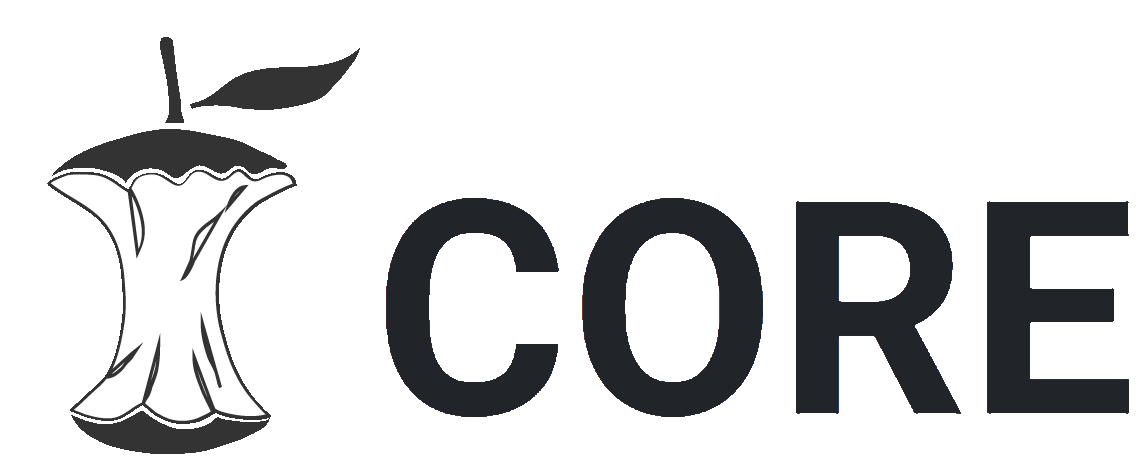Publicación: Propuesta de un diseño ergonómico para el área de Construcción de la Empresa Montinpetrol S.A
Portada
Citas bibliográficas
Código QR
Director
Autor corporativo
Recolector de datos
Otros/Desconocido
Director audiovisual
Editor/Compilador
Editores
Tipo de Material
Fecha
Cita bibliográfica
Título de serie/ reporte/ volumen/ colección
Es Parte de
Resumen
En primer lugar, la investigación esta ordenada secuencialmente, iniciando con el capítulo 2, el cual hace mención al planteamiento del problema, donde se establece la hipótesis. Posteriormente, el capítulo 3 relaciona el objetivo del estudio, cuyo fin es elaborar una propuesta de un diseño ergonómico el cual permita mediante una eventual implementación, minimizar los riesgos biomecánicos, mejorar las condiciones laborales y reducir los accidentes de trabajo y enfermedades laborales de tipo osteomuscular en la empresa Montinpetrol S.A Con ese fin, la pregunta de investigación es la siguiente ¿Cuál sería el diseño ergonómico más adecuado para reducir los riesgos biomecánicos a los cuales se exponen los trabajadores de la empresa Montinpetrol S.A? La pregunta de investigación se responde a partir de la elaboración de una propuesta mediante un Programa de Vigilancia Epidemiológica Osteomuscular, la cual integra una serie de diagnósticos, programas y actividades ergonómicas ordenados secuencialmente con el objetivo de disminuir los ATEL y garantizar el bienestar del trabajador en sus labores. Cabe aclarar que la investigación hace mención a la elaboración de una propuesta, mas no a la implementación, ya que esa decisión será tomada por la empresa. El capítulo 4 desarrolla la justificación de la investigación, dándose a conocer las delimitaciones y limitaciones. Entre tanto, el capítulo 5 contiene el marco de referencia, haciendo mención al estado del arte, marco legal y demás teoría a la que se recurrió para dar soporte teórico la investigación. En el capítulo 6 se desarrolla todo el planteamiento operacional como el diseño de investigación, los métodos, técnicas y el plan muestra, entre otros. El capítulo 7 contiene los resultados de la investigación y finalmente en el 8 las conclusiones y recomendaciones. Los resultados de la investigación se realizaron en 6 fases: la implementación de la matriz IPEVR mediante la GTC45/2012 aplicándola solo a riesgos ergonómicos, el establecimiento del cuestionario nórdico de kuorinka, un reconocimiento e identificación en campo de las posturas, movimientos y ciclos de trabajo de los trabajadores, la evaluación ergonómica mediante las técnicas NIOSH, RULA y CHECK LIST OCRA y la elaboración del PVEO o Plan de Vigilancia Epidemiológica Osteomuscular, la cual está realizada con la metodología del ciclo PHVA o ciclo Demming. Cada una de ellas están relacionadas secuencialmente, conllevando a la resolución de la elaboración del PVEO, el cual enmarca la propuesta de solución a partir de los resultados de las evaluaciones ergonómicas. Como última fase de los resultados, se logra realizar la divulgación del documento y propuesta de solución ante la Alta Gerencia, argumentando la importancia, beneficios económicos para la empresa y trabajadores ante una eventual implementación. Además, se dio a conocer toda la propuesta detallada, incluyendo los resultados de los métodos de evaluación ergonómica.
Resumen
Montinpetrol S.A is a construction company that provides its civil works services in the municipality of Chinú - Cordoba. However, absenteeism rates and poor performance are indicators that have been increasing, causing poor job performance. This is due to ATEL (Work Accidents and Occupational Diseases) caused mainly by exposure to biomechanical risk factors, such as repetitive movements, handling of loads and forced postures. All this causes the generation of pain in different body regions such as the lower back, neck and upper extremities, which leads to Musculoskeletal Disorders (DME) if they are not treated in time. The foregoing supposes an increase in absenteeism indicators, an increase in disability payments by companies, low returns and discomfort on the part of construction workers. That is why this research arises from the need to provide a solution to this problem. This through the development of a proposal for an ergonomic design which allows, through an eventual implementation, to minimize biomechanical risks, improve working conditions and reduce work accidents and work-related diseases of the musculoskeletal type in the company Montinpetrol SA, and therefore, reduce the indicators of absenteeism and disability payments, in addition to guaranteeing the well-being of the worker in their work. In the first place, the investigation is ordered sequentially, beginning with chapter 2, which mentions the problem statement, where the hypothesis is established. Later, Chapter 3 relates the objective of the study, which aims to minimize biomechanical risks through an ergonomic design that allows the improvement of working conditions, reduction of work accidents and musculoskeletal diseases. To that end, the research question is as follows 12 ¿What would be the most appropriate ergonomic design to reduce the biomechanical risks to which the workers of the company Montinpetrol S.A are exposed? The research question is answered from the elaboration of a proposal through an Osteomuscular Epidemiological Surveillance Program, which integrates a series of diagnoses, programs and errgonomic activities ordered sequentially with the aim of reducing ATEL and guaranteeing the well-being of the worker in their labors. It should be clarified that the investigation refers to the elaboration of a proposal, but not to the implementation, since that decision will be made by the company. Chapter 4 develops the justification of the investigation, making known the delimitations and limitations. Meanwhile, chapter 5 contains the reference framework, making mention of the state of the art, legal framework and other theory that was used to give theoretical support to the research. Chapter 6 develops the entire operational approach such as the research design, methods, techniques and the sample plan, among others. Chapter 7 contains the results of the investigation and finally in Chapter 8 the conclusions and recommendations The results of the research were carried out in 6 phases: the implementation of the IPEVR matrix through the GTC45 / 2012 applying it only to ergonomic risks, the establishment of the Nordic kuorinka questionnaire, a recognition and identification in the field of postures, movements and cycles of work of the workers, the ergonomic evaluation using the NIOSH, RULA and CHECK LIST OCRA techniques and the elaboration of the PVEO or Osteomuscular Epidemiological Surveillance Plan, which is carried out with the PHVA cycle method or Demming cycle. Each of them are sequentially related, leading to the resolution of the development of the PVEO, which frames the solution proposal based on the results of the ergonomic evaluations. 13 As the last phase of the results, the document and solution proposal are disseminated before Senior Management, arguing the importance, economic benefits for the company and workers before a possible implementation. In addition, the entire detailed proposal was made known, including the results of the ergonomic evaluation methods
Descripción general
Notas
URL del Recurso
Identificador ISBN
Identificador ISSN
Página de inicio
Es Parte del Libro
Colecciones


 PDF
PDF  FLIP
FLIP 


